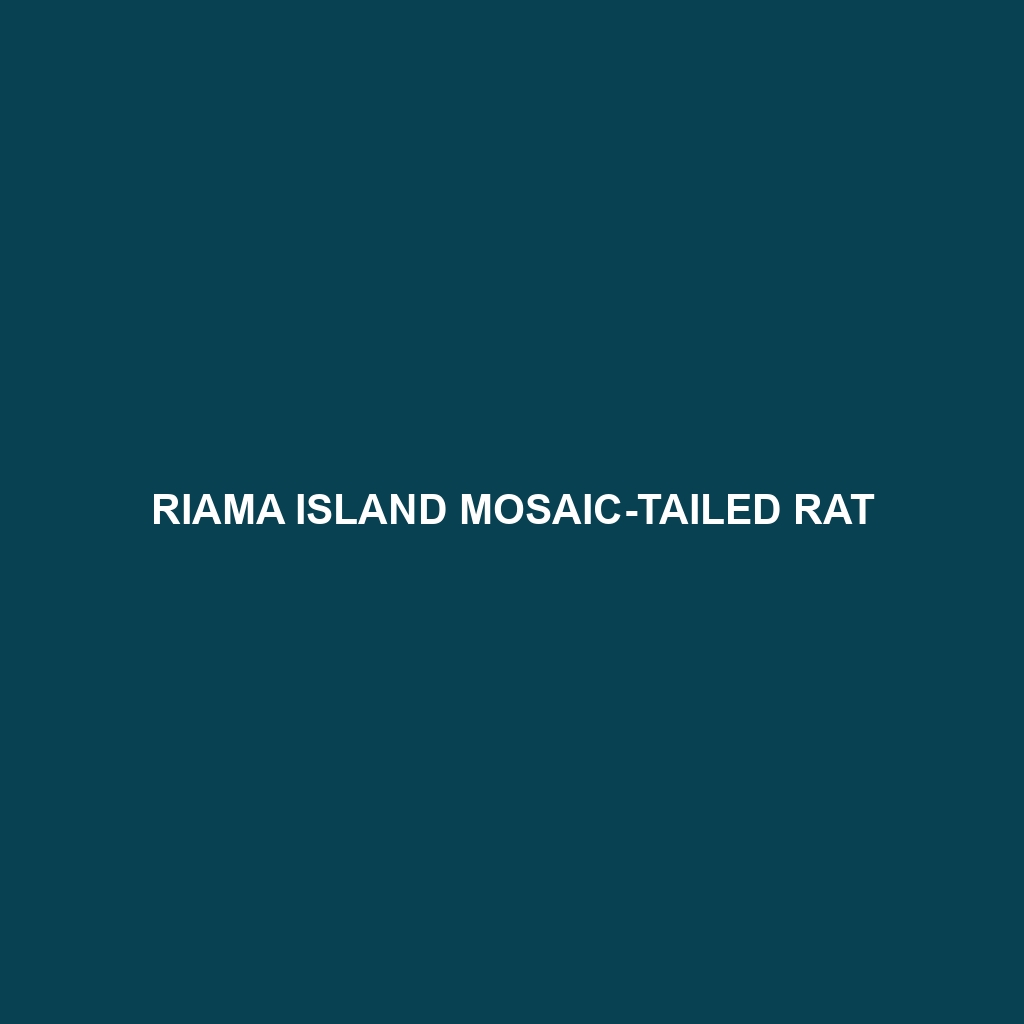East African Pouched Mouse
Common Name: East African Pouched Mouse
Scientific Name: Beamys hindei
Habitat: The East African Pouched Mouse is primarily found in the grasslands and savannas of East Africa, particularly in countries such as Kenya, Tanzania, and Uganda. These mice thrive in semi-arid environments where they inhabit dense vegetation and scrubland, allowing them to shelter from predators while foraging for food. They are often associated with sandy or loamy soils, which facilitate their burrowing behaviors.
Physical Characteristics: The East African Pouched Mouse is a small rodent, measuring approximately 12 to 20 centimeters in length, with a tail that can be up to 20 centimeters long. Its fur is typically a light brown to grey color, providing camouflaged protection against predators. Distinctive features include large, rounded ears, and cheek pouches that can store food, which sets them apart from other rodent species. Their elongated snout aids in foraging within their habitat.
Behavior: This species exhibits nocturnal behavior, being most active during the night. East African Pouched Mice are social animals, often living in small family groups. They engage in vocalizations to communicate with one another and display complex burrowing behaviors to create extensive underground tunnels that serve as protection and nesting sites. These mice are also known to hoard food, which they stash in their cheek pouches for later consumption.
Diet: The diet of the East African Pouched Mouse mainly consists of seeds, fruits, and various plant materials, indicating their herbivorous feeding habits. They occasionally consume insects when available, adding protein to their diet. Their ability to store food in cheek pouches enables them to gather and transport a variety of food sources efficiently.
Reproduction: East African Pouched Mice have a breeding season that typically occurs during the rainy months, ensuring ample food availability for the young. Females typically give birth to litters of 2 to 6 offspring after a gestation period of about 30 days. The young are born blind and helpless and are nurtured within the safety of the burrow until they are capable of independent foraging.
Conservation Status: The East African Pouched Mouse is currently listed as “Least Concern” by the IUCN, indicating that while it faces some habitat pressures, it is not considered endangered or vulnerable at this time. Ongoing habitat loss due to agricultural expansion poses a potential threat to their populations in the future.
Interesting Facts: One fascinating aspect of the East African Pouched Mouse is its ability to survive in harsh environments by being well-adapted to store food in its cheek pouches. Additionally, these mice are known for their impressive grooming behaviors, which help keep their fur clean and free of parasites—important for their survival in the wild.
Role in Ecosystem: The East African Pouched Mouse plays a crucial role in its ecosystem by serving as both a prey species for various predators, such as birds of prey and snakes, and as a seed disperser. Through their foraging and hoarding habits, they contribute to the health of their habitat by aiding in plant propagation and supporting the food chain.
